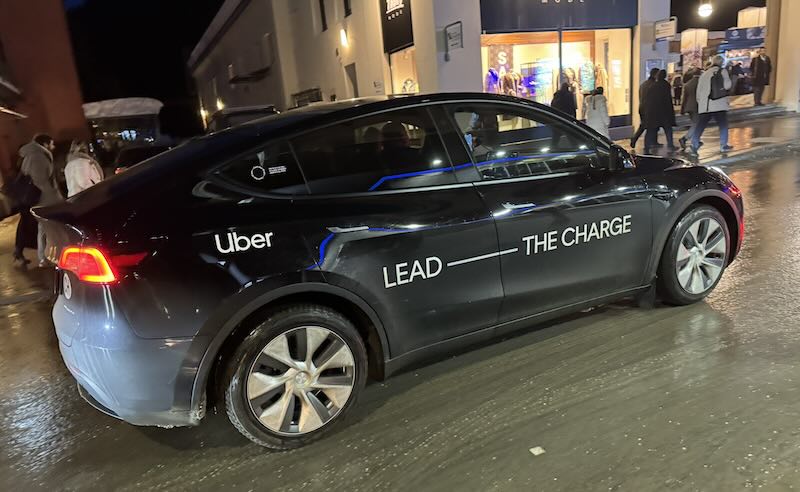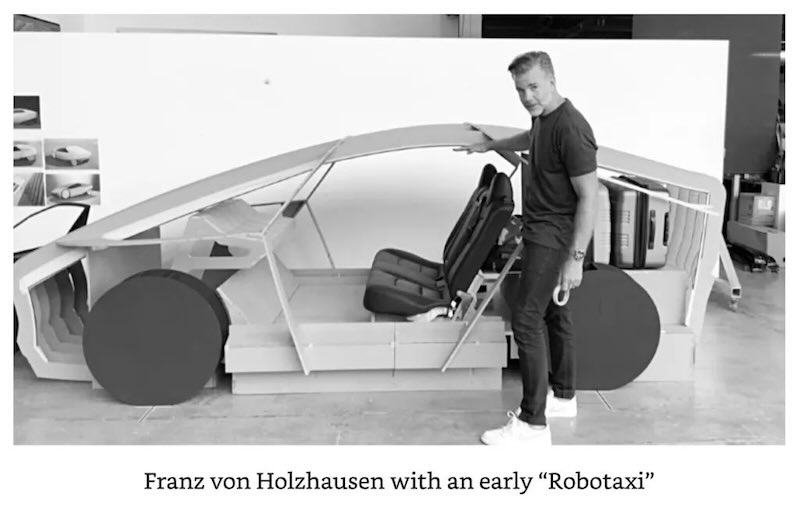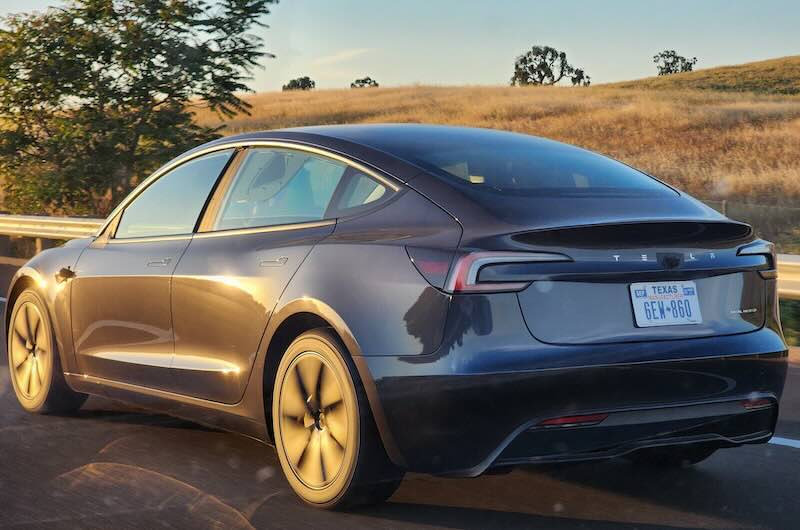Tesla’s ambitious plan to launch its own ride-hailing Robotaxi, has sparked both excitement and skepticism in the transportation industry. As Uber CEO Dara Khosrowshahi raises concerns about the practicality of Tesla’s approach, it’s crucial to examine how the electric vehicle giant intends to navigate the complexities of on-demand transportation.
Tesla Robotaxi aims to blend elements of Uber and Airbnb, creating a unique platform where Tesla owners can participate in the ride-hailing economy. This model allows qualified owners to list their vehicles on the Tesla App, sharing profits with the company while retaining the flexibility to remove their cars from the service at will.

To ensure consistent vehicle availability, Tesla plans to deploy its own fleet in areas where shared vehicles are scarce. This strategy aims to maintain service reliability while maximizing the company’s profit potential in high-demand regions.
In a significant shift, Tesla intends to modify its lease terms in the United States. By preventing lessees from purchasing their vehicles at the end of the lease term, Tesla can reclaim these cars for use in its ride-hailing service. This approach provides a steady influx of vehicles for the Tesla Network fleet.
Tesla’s strategy involves comprehensive analysis of ride-hailing demand patterns throughout the day. By leveraging this data, the company aims to optimize the match between supply and demand, potentially increasing vehicle utilization and economic value significantly.

Beyond eliminating driver costs, Tesla sees opportunities for further cost reductions. The company’s focus on durable electric motors and batteries, capable of lasting up to 1.5 million kilometers with minimal maintenance, could dramatically lower per-kilometer operating costs.
Despite Tesla’s innovative approach, critics have pointed out potential flaws in the plan:
- Supply-demand mismatch during peak hours
- Overreliance on Tesla’s own fleet during high-demand periods
- Potential oversupply during off-peak hours
- Instability of owner-shared vehicle supply
These concerns highlight the complex balance Tesla must strike between its own fleet and owner-shared vehicles to meet varying demand levels effectively.
Tesla continues to develop its ride-hailing platform, the company must address these challenges to create a viable alternative to established services. The success of Tesla Network will likely depend on the company’s ability to:
- Incentivize owners to share their vehicles during peak demand
- Optimize its own fleet size and distribution
- Develop accurate demand forecasting models
- Implement dynamic pricing strategies to balance supply and demand
Tesla’s foray into ride-hailing represents a bold attempt to reshape urban mobility. Whether the Tesla Network will successfully navigate the twists and turns of the on-demand economy remains to be seen, but it’s clear that the company is gearing up for a transformative journey in the world of transportation.
Related Post
Tesla Robotaxi Revolution: The Skype of Transportation or Just Another Pipe Dream?
The Robotaxi Renaissance: Are Self-Driving Cabs Finally Ready for Prime Time?
